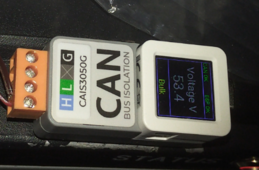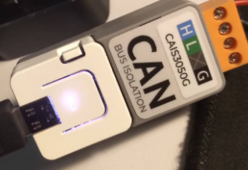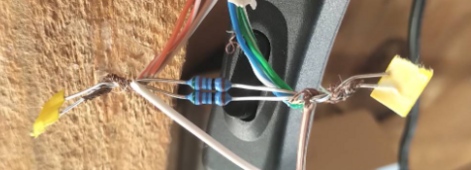OK, finally got it workingYes does look like the inverter is transmitting a large amount of interference, now is it a fault unique to your inverter or part of the design ?
One last trick is to only connect the 2 A B wires and have a break in the other 6 wires and then only on one end connect the cable shield to an earth.
@Sleeper85 During the today tests I found missing piece of logic to your SmartBMS. When I turned off charging on one BMS, requested charge current did not changed. It is not a problem with 280Ah batteries and single inverter capable of 100Amps charging but when you have multiple inverters like 3 capable of 300A charging to one battery that may introduce some risks. I know that BMS protection should not allow such high charging current but in case BMS will fail there is potential to make some fire
EDIT: After 25minutes it restarted without particular reason
EDIT2: It restarted at balancing state, at this moment my inverter switched to grid mode. During this switch ESP restarted. Turned off grid to inverter and will be doing more testing.
Last edited:






